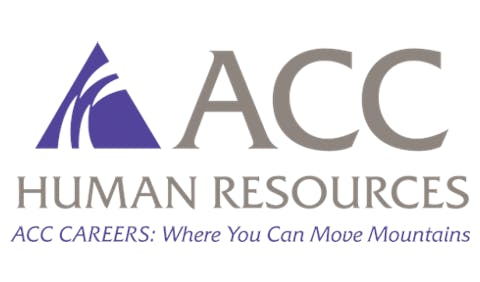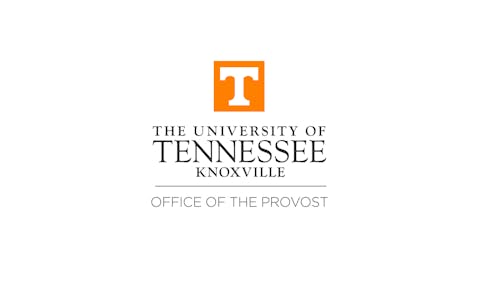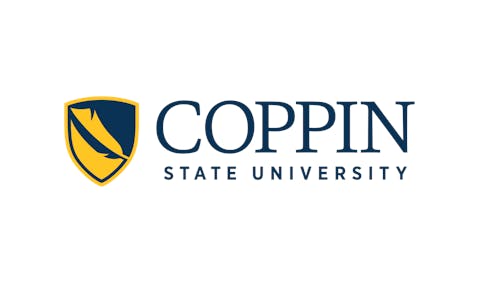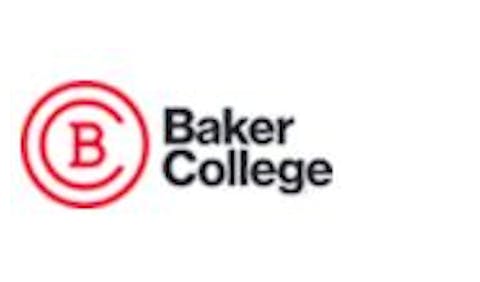Since learning of Dr. A. Wade Boykin’s passing in January 2025, I have been rather distraught, wanting to ensure that his legacy is in the forefront of educators’ minds Dr. Donna Y. Ford
Dr. Donna Y. Ford
In 2010, curriculum violence was coined by Ighodaro and Wiggan in Curriculum Violence: America’s New Civil Rights Issue, defined as “the deliberate manipulation of academic programming in a manner that ignores or compromises the intellectual and psychological wellbeing of learners”. While the authors use ‘deliberate’ in their definition, I urge readers to understand that such violence can also be unintentional. Specifically, whether intentional or unintentional, harm has been done to students/learners.
Borrowing on the notion of ‘violence’, I discuss instruction herein to honor Boykin’s research-based Afro-centric Cultural Styles Framework and to disrupt instructional violence. Combined and individually, curriculum and/or instruction can traumatize students, in this case Black students. I define ‘instructional violence’ as intentional and unintentional teaching/pedagogical styles and strategies that negatively affect the academic, psychological, emotional, and behavioral needs of students.
Signs of Academic Trauma by Cognitive/Learning, Emotional, and Behavioral Developmental Areas
Academic/educational trauma, per Sharony, shows up among students with behaviors similar to anxiety, depression, ADHD, and intermittent explosive disorder. Next, I highlight signs of school-related trauma cognitively (learning-related), emotionally, and behaviorally. Their model does not include a psychological component, but they go on to discuss PTSD in which students may be irritable, angry, depressed, detached, have trouble sleeping, and be triggered by activities, objects, and individuals, for example.
Cognitive and Learning-Related: difficulty concentrating in class; being easily distracted; test anxiety; trouble adapting to changes; reduced memory capacity
Emotional: lack of motivation; low self-esteem; social anxiety; difficulty with emotional regulation; intrusive thoughts
Behavioral: angry outbursts; avoiding peers and teachers; hyper-vigilance; lower grades; trouble with eye contact; conflict with peers
Avoiding Instructional Violence by Adopting Boykin’s Afro-Centric Cultural Styles Framework
I recall vividly when I first learned about Boykin’s Framework in college. It was cathartic – I saw myself, family, friends, and many in my almost all-Black schools and communities as a child, student, adult, and professor. The characteristics are generalizations – propensities, not stereotypes, as with any culture that is described in research, theory, and practice. While other cultural groups share some of these following characteristics, they do so in their way(s) of being and living. When all or most of the Afro-centric characteristics are witnessed in a student, there is a very strong probability that he/she is Black. I urge readers to delve into Boykin’s numerous studies and articles for further details and nuances.
As stated earlier, I write this piece as a tribute to Dr. Boykin, to keep his legacy alive, and to proactively address how instruction/pedagogy/teaching must be culturally responsive rather than violent/harmful/traumatic. When teachers/professors understand the cultural styles of their culturally different students, they can better align teaching and learning, and otherwise avoid instructional violence. It is essential to understand that even if Black students are not traumatized, they are likely to be disengaged, which contributes to underachievement, racialized achievement gaps, and lowered test performance from rapid guessing. Regarding tests, it behooves me to share Janet Helms’ application of Boykin’s framework to test performance, and we discussed this in a special issue of the Journal of Negro Education (2012) entitled “Testing and Assessing African Americans: Past, Present, and Future Problems and Promises”.
Below, I describe and apply the Afro-centric cultural styles to recommended instructional/teaching strategies. The objective is to tie cultural styles to learning preferences and needs in order to promote high levels of engagement and achievement among Blacks in educational settings – P-12 and higher education.
Affect – strong feelings and emotions; heightened sensitivity; easily engaged when learning is relevant and affirming and the reverse when it is not.
· Avoid offensive words and visuals (so that students will not get offended and refuse to complete assignment/activity)
· Include student interests in curriculum; adopt books of interest
· Listen to student - do not penalize them for disliking curriculum (what is taught) and instruction (how it is taught); get to know student’s reason(s) for liking and disliking
Harmony – strong desire to be one with the environment; to fit in and belong; empathetic.
· Get to know students
· Build positive and respectful relationships
· Creative inclusive classroom and school settings
· Create a sense of belonging, making sure that the learning environment/classroom setting is welcoming and nurturing
· Provide constructive feedback
Communalism – interdependent; a ‘we, us, our’ rather than individualistic and competitive persona; family and community oriented; social.
· Community environment – emphasis friendships and supporting each other
· Cooperative learning
· Group work and projects
· Group and team-based competitions
· Peer teaching
· Learning circles
Movement – tactile and kinesthetic
· Active learning activities1 -- hands-on, role plays, simulations, games, field trips, shadowing
· Decrease lecture time to make room for activities
Verve – active and lively; demonstrative; dramatic
· Experiential learning
· Opportunities to expend energy
· Active learning strategies
Oral Tradition/Orality – strong preference for speaking; to speak is to perform; blunt and direct
· Permit students to respond verbally to questions and comments
· Discussions
· Speeches
· Debates
· Work games
· Encourage expression of beliefs and opinions, along with support/evidence for responses
Expressive Individualism – unique and distinctive personality and style; risk taker; dares to be different; dislikes routine
· Utilize student interests
· Creative writing
· Creative thinking
· Support individual expressive/communication styles
· Choice
· Humor
· Art
· Music
· Drama
· Poetry
Improvisation – spontaneous; create with little to no preparation and practice; resourceful; creative
· Problem-based learning
· Creative thinking
· Brainstorming
· Open-ended questions
· Novelty – surprises, unexpected, not routine
Social Time Perspective – polychronic; the event is more important than actual time
· Teach time management
· Provide structure
· Have multiple deadlines
· Have flexible deadlines
· Divide teaching and assignments into smaller tasks, steps
· Provide frequent reminders of due dates
Make teaching and learning relevant and engaging
Perseverance – resilience; persistent in the face of negative challenges.
· Acknowledge/affirm student self-efficacy/agency
· Focus mainly on strengths
· Provide challenge with support; scaffold
· Encourage and reward persistence
Note: For more information on active learning, see https://www.skillshub.com/blog/active-learning-strategies-examples/
A Final Word
For a myriad of social and culturally incongruent reasons, far too many Black students are failing to reach their potential. They are caught up in racialized achievement gaps (traps), underachieving, and performing below average. They are over-surveilled and over-disciplined, as revealed in hundreds of reports and studies. They are underrepresented in gifted and talented education as I have written and kvetched about for over 30 years. Conversely, Black students, especially our males, are overrepresented in special education high-incidence categories (e.g., specific learning disabilities, emotional and behavioral disorders). To state the obvious, this is problematic as our Black students of all ages – including preschoolers - are being marginalized through no fault of their own. Dr. Boykin’s Afro-centric framework offers so much relative to correcting these inequities and ending/disrupting instructional violence. The time for solutions is long overdue.
Dr. Donna Y. Ford is a Distinguished Professor of Education and Human Ecology in the College of Education and Human Ecology at The Ohio State University
















